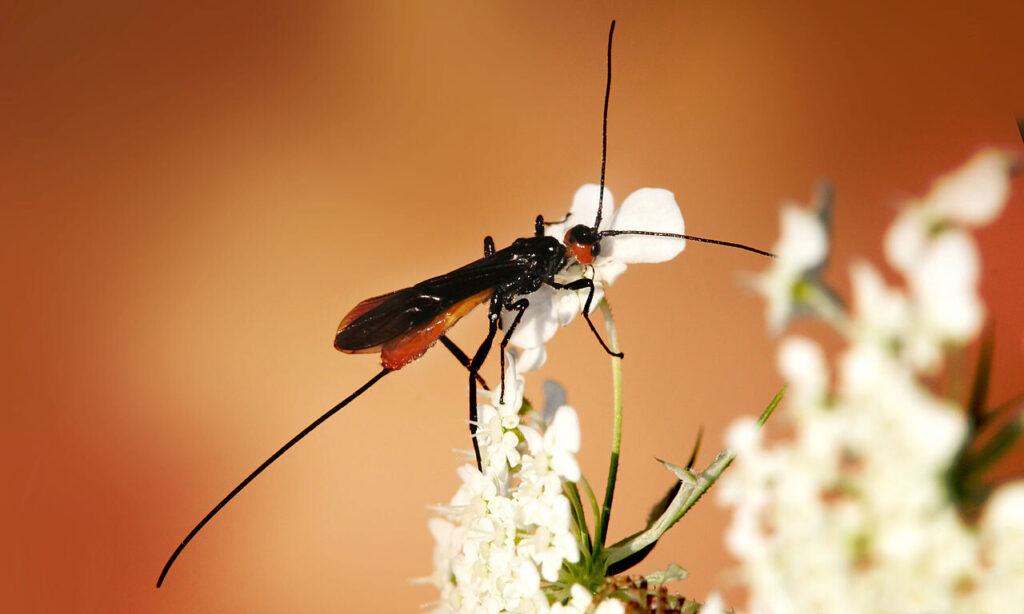Nuclear war has been on my mind lately. Maybe that’s due to watching Amazon Prime’s new Fallout series, or maybe it’s due to just the constant, terrifying state of our world. Either way, if you start to think about nuclear war, you also inevitably start to think about the glowing dystopia to follow — something that’s a whole lot more fun in movies and TV when “whether your parents are mutated now” isn’t a main concern.
One living thing nobody is going to be worried about if atom bombs start dropping, however, are cockroaches. The nasty little, occasionally-flying ovals have a reputation for being able to tank radiation, and are a stalwart occupant of any post-mushroom-cloud world. Which made me curious, why exactly? I realize they have a tough, chitinous exterior, but that can’t be it, right? Otherwise we’d have geodesic domes made of cockroach casings serving as nuke-proof bunkers.
After a little research, it turns out that the answer is both more complicated — and cooler — than I expected. Not only that, it may not be a cockroach thing as much as an all-insects thing.
Before we dive too far in, though, let’s pedant-proof this article at least a little bit. Cockroaches and other insects aren’t immune to radiation, and if a nuclear event truly busted the glass out of every Geiger counter in the area, they’d likely also die. They are, however, much more tolerant of radiation, to the point where there absolutely is a level of radiation that would decimate the mammal population while leaving insects mostly fine. So no, they’re not invulnerable, but the possibility of a post-nuke insect world is feasible.
And in that world, cockroaches aren’t even at the top of the list as far as insects that can tank radiation go. Cockroaches can survive radiation at up to 10 times the level that would kill a human, but flour beetles in a MythBusters episode showed even more nuclear hardiness. And they’re both put to shame by the parasitic wasp Braconidae, which can survive 300 times more radiation than a human, up to 180,000 rads.
So if you were grossed out by the idea of a ruined city overrun with cockroaches, add a bunch of parasitic wasps to the mix!
Really, all insects are much better equipped for a nuclear holocaust, and it’s because of how rarely their cells divide compared to humans. As entomology researcher Paul Eggleton explained to Newsweek, “They are less likely to be affected by a sudden blast of radiation as they are less likely to be caught dividing.”
To the extent that my art-school brain is able to understand it, one of the main causes of cell death in mammals from radiation is that it inhibits mitosis, or cell division. For the same reason that our bone marrow and intestinal linings’ high cell turnover rate makes them heavily susceptible to radiation, the slow cell division rate of insects makes them more tolerant.
So yes, cockroaches can handle much more radiation than humans and vertebrates in general, but so can almost all insects. Meaning that if the Ice Age served as the handoff from dinosaurs to humans, global nuclear war might in turn usher in the Age of Insects — one I won’t be that sad to miss.

